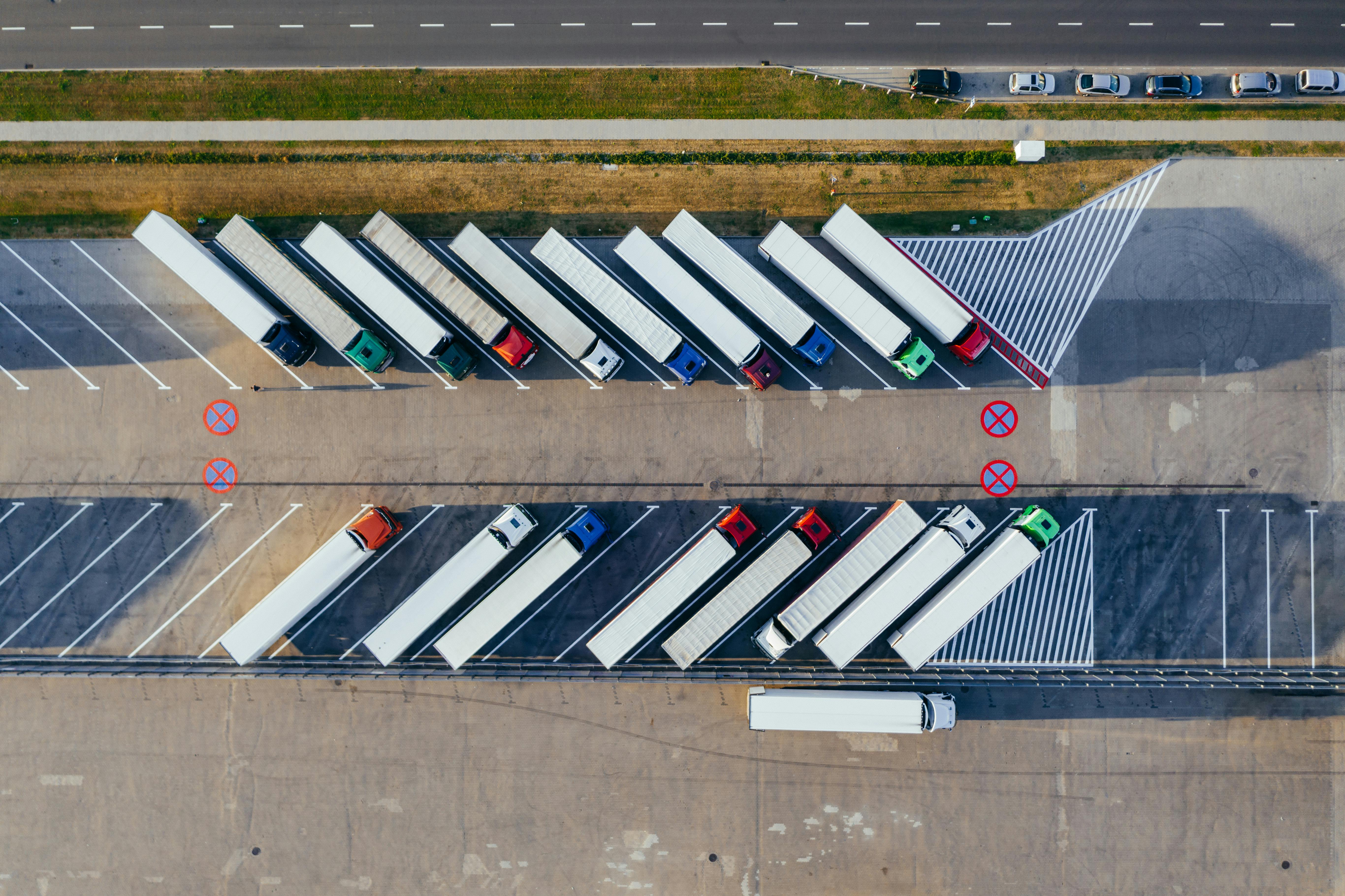Roadblocks exist for a reason. While often viewed as an obstacle or a challenge, in fact they’re an opportunity to find a solution that’s right in front of you. Take the notion of a mass market telematics programs. In early ideation, telematics was proposed to be a grand, value-generating asset to businesses across multiple lines that consumers would flock to.
Fast forward to today, and we still see some roadblocks and a sluggish adoption rate. But why?
The response that is often given to any question about a relationship involving multiple people or entities applies here – it’s complex. And if someone tries to tell you otherwise, the person simply isn’t looking at the big picture.
Let’s look at that big picture to understand why telematics adoption is complex. The table is set with several players: insurers, automakers and consumers. Each has an inherent and specific limitation that can only be corrected by working together. The question that follows is, how do we move forward? The answer, in short, is looking back to the challenges and how those roadblocks came to be present and applying both innovative thinking and solutions in kind.
Cost and Distribution or Execution
Originally, the main barriers that insurers faced with telematics were cost and execution. In-vehicle devices or black boxes and OBD2 devices discouraged most from participating, and program success was very reliant on consumer day-to day-engagement to make sure the device was functioning properly. Many insurers held off their telematics programs, or stopped and started them.
Today, apps have made telematics easier to execute, evolving to deliver driving behavior data for underwriting and lead generation programs. In addition to feedback, consumers can receive discounts, participate in safe driving reward programs or tap into other value-added services. Connected vehicles, aka connected cars, also make the use of telematics more cost-effective and easier, through taking advantage of the data created by the consumer’s own vehicle. Connected vehicles also open up avenues for the use of telematics data, such as at the point of new business.
Many-to-Many Challenge
Another challenge has been the sheer size of the ecosystem itself and the number of players. Automakers have tried one-to-one relationships with insurers, and some are still pursuing them today. Those past programs were met with varying degrees of success, and time will tell whether the current ones ultimately deliver on expectations. By contrast, insurer-led programs have been more successful, and there are several notable programs in the market today. However, they suffer some limitations in consumer experience, namely that the consumer’s data is really limited to the confines of a particular carrier’s program, and that consumers (and insurers) typically do not see significant benefits from telematics until after the monitoring period is completed (which can be upward of six months).
The good news is that both automakers and insurers are looking to data providers as potential partners to help them. This aligns automakers to both large and small insurance organizations and helps automakers meet their business objectives of increased monetization, data management and, most importantly, improved consumer experience through telematics programs. The arrival of telematics data exchanges changes everything by offering a neutral space for incoming consumer-consented driving behavior data to be normalized and easily incorporated into insurers’ workflows. By giving the customer the opportunity to consent to share data with insurers via the exchange, automakers deliver their owners a better overall experience through opportunities for reduced total cost of ownership, data portability and improving driving behavior. Insurers that leverage this shift in mindset and take advantage of what I like to call "bridging the gap" are already ahead.
See also: Will COVID-19 Give Telematics New Life?
The Importance of Normalization
Because no data set is alike across organizations, another way of looking at this complex set of relationships is through the lens of linguistics. Imagine three people in a room who don’t have a shared language but are filling the room with indistinct conversation. Sounds hectic, right? However, with a competent translator, the interplay of sound and meaning can be translated into a common language. Applying that analogy to the context of connected cars, the data (language) from any automaker or any other driving data source can be normalized through a telematics exchange and delivered in one easy-to-understand transcript to be used in multiple points – think marketing or lead generation, underwriting and claims – within the insurance process.
Sticking with that analogy, that interpretation of conversation between vehicle and insurer once took an extended period to process for the benefit of an effective usage-based insurance (UBI) program. Today, we are able to harness that power of a comprehensive telematics exchange (translation) in a new fashion. With the recent LexisNexis Telematics OnDemand solution, carriers now have the ability to deliver those same UBI benefits and savings now at the point of quote. This is a game-changer for insurers and consumers alike, who can now forego any trial or initial monitoring periods and offer/receive safe driving discounts and program rewards in real time.
The Appropriate Path
One of the biggest misconceptions we continue to debunk is whether an insurer has to choose one approach and stick with it. The answer is that you don’t have to pick one approach versus another. If you currently have an app-based solution, you can easily participate in a vehicle telematics exchange, as well. The beauty is that, regardless of data collection method, once filtered and normalized the data should tell you the same story. Both approaches can be useful and done in parallel. An app program can help build a relationship with an individual consumer, which can then be kept going no matter the device or vehicle. An exchange partnership allows the insurer to know that consumer's driving behavior from the first moment they meet and offers the consumer benefit of their driving behavior no matter who the participating insurer may be.
Driving Behavior Changes
Now more than ever with the changing environment around driving behavior and volumes dramatically reduced due to the pandemic, the competency around “real time” is something that will become increasingly important across the board, as initial reports outline a potential spur in increased shopping growth rates. Consumers are starting to understand the benefits as well and indicated that they think telematics and driving behavior data are among the fairest ways to set a price for insurance; they will share data if they perceive a benefit.
Exchange models open that data to everyone. Imagine if you knew what to do with a consumer’s driving behavior data; you could offer a fully mature discount and could outprice the competition. The data can be pulled in from an exchange at the point of new business or at renewal. For many of your customers, you may already get their driving behavior data. But they might get a better offer from other insurers, and knowing more can give you a significant edge.
Where to go from here
We can call telematics the “newest old product” because the industry has been testing telematics-driven UBI programs for years, and, from our internal estimates, market adoption remains at approximately 5% of policies. What excites me, though, is that more and more insurers are acknowledging that it’s real and beginning to tap top tier data partners going forward.
See also: 3 Ways AI, Telematics Revolutionize Claims
Now that telematics data from connected vehicles is real and available at the point of quote and renewal, we can see how it becomes part of the fiber of all policies moving forward. And while the automotive OEM and auto insurance industries are going to continue to evolve separately, the opportunity an exchange creates is the ability to deliver the best customer experience with programs that focus on true value - a new lens on retention and loyalty and overall satisfaction of their shared customers.
Complementing experience is having a better understanding of driving behavior to provide a more complete picture of the individual, better risk assessment and better pricing, accordingly. Those insurers that are already adopting telematics data into their organizations and related workflows are on the edge of the market. App solutions make it easy, but connected vehicles and their shared language of data delivered through an exchange are the future. That’s the connected road ahead.







